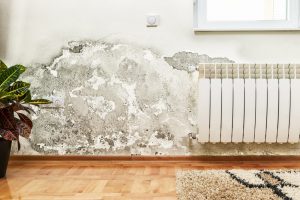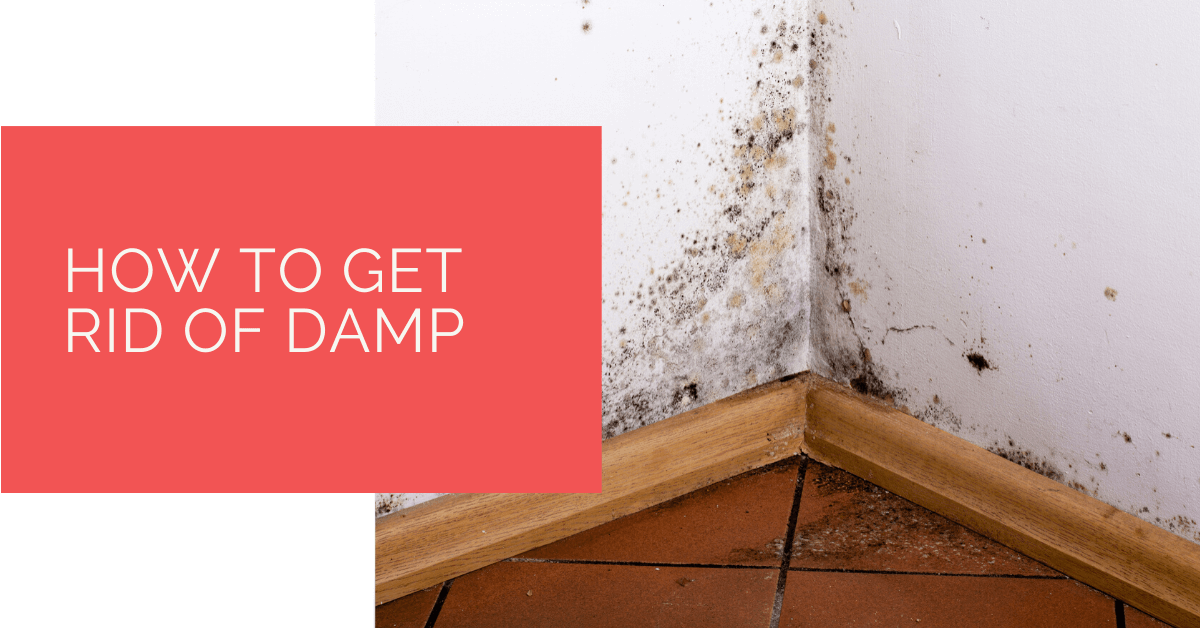Damp and mould are mostly caused by too much moisture. There are so many things that can cause dampness in your property. Examples include leaking pipes, excess rain that seeps in as a result of damaged roofs or bad habits by the house occupants.
If you have encountered the damp problem in your home, then you know how hectic it can be to get rid of the damp. When you notice the problem, you need to identify the culprit. Failure to do this will cause you to experience huge losses. Too much dampness in your home is not recommended because it can cause health complications.
You cannot afford to treat the issue lightly. Your clothes and furniture may also suffer from the damp in your house. Unfortunately, damp doesn’t discriminate. It can happen in any home, regardless of your location. It is essential to look out for the signs of damp in your house and address the problem. Read on to learn more about the damp and how you can mitigate the problem.
Contents
Key Takeaways
- Damp in homes is primarily caused by excess moisture from various sources such as leaking pipes, rain damage, and household habits.
- Identifying the type of damp in your home is crucial, as it can be condensation, penetrating damp, or rising damp, each requiring specific treatment.
- To address condensation, improve ventilation, install air vents, insulate and heat your home, or consider using a dehumidifier. For penetrating damp, maintain your home, clean gutters, and fix roof issues. Rising damp may require a professional to inject a damp chemical course into your walls.
What Causes Damp?
Damp will occur anytime there is excess moisture in the air, that has no way of escaping. There are several causes of excess moisture, including hanging wet clothes in the house, perspiration caused by showering, and steam that forms when cooking. If you have plumbing problems, you may find that moisture gets into your property as well. Leaking roofs or washing machines can also trigger dampness in your home.
Knowing the source of the problem will help you address the issue faster, and this will minimise the effects of damp. Since there are many causes of damp, this article will mainly discuss condensation, rising damp and penetrating damp.
What Kind of Damp Do You Have?
It is important to identify the type of damp in your home before taking steps to mitigate the problem.
Condensation
 Condensation is among the leading causes of damp in many homes. It occurs when large amounts of water vapour get trapped in your home.
Condensation is among the leading causes of damp in many homes. It occurs when large amounts of water vapour get trapped in your home.
When the warm water vapour gets into contact with a cooler surface, it changes its form to liquid. This issue triggers so many things, including the growth of black mould.
The other common signs of condensation include discolouration of window panes and steaming walls and windows. Condensation will happen anywhere, as long as there is little or no air circulation.
Penetrating Damp
Penetrating damp occurs as a result of water entering your property either through the floors, ceilings, and walls. In most cases, this water causes damage to the wall joints and gutters.
The most common causes of penetrating damp include poor cavity insulation, porous bricks, leaking walls, and air gaps. The moisture finds its way to the internal walls, through the external walls and creates damp patches. It causes discolouration of cornices, especially those made of timber material.
One common sign of penetrating damp is the growth of damp patches anytime there is rain. If you experience penetrating damp, it could also be because you have leaking pipes, overflowing gutters, and missing roof tiles. If you don’t address the problem, wet rot and beetle infestation may also damage your property.
Rising Damp
Unlike penetrating damp, rising damp isn’t easy to notice. It occurs when groundwater finds its way through the masonry pores and evaporates out of the wall, once it reaches a certain point. This evaporation leaves behind salts such as chlorides and nitrates usually referred to as the salt band. These salts are hygroscopic, and hence, when there is a lot of humidity, the salts absorb the moisture from the air, making the wall wetter.
If you smell damp and are not sure where the smell is coming from, check for patches just above your skirting boards. You can also check for any deflection on timber floors.
How Do You Get Rid of Condensation?
There are several ways to get rid of condensation in your home. First, ensure you improve the ventilation in your home. You could start by ensuring you open your windows any time you are home. This allows air circulation, preventing any unwanted water vapour from settling on your surfaces.
You could also install air vents to allow airflow throughout the house. Take some time to clear your windows of the condensation and prevent the development of mould.
Insulating and heating your home are also good treatment options for you.
You can also invest in a dehumidifier. We have compiled a list of the best dehumidifiers for you to compare the best available.
How Do You Get Rid of Penetrating Damp?
Since there are many causes of penetrating damp, there is a lot you can do to get rid of it.
 Ensure your home is well maintained and that you check your roof and downpipes more often. Blocked gutters cause damp patches to form on the walls and ceiling. Regularly clean your gutters and fix any issues the gutters have. Unblock any downpipes to allow all the water to pass through easily. Also, check the roof slates to ensure there isn’t a missing roof slate. Missing roof slates enable water to penetrate your ceiling and cause damp patches. In case there is a missing slate, make a point of replacing it.
Ensure your home is well maintained and that you check your roof and downpipes more often. Blocked gutters cause damp patches to form on the walls and ceiling. Regularly clean your gutters and fix any issues the gutters have. Unblock any downpipes to allow all the water to pass through easily. Also, check the roof slates to ensure there isn’t a missing roof slate. Missing roof slates enable water to penetrate your ceiling and cause damp patches. In case there is a missing slate, make a point of replacing it.
How Do You Get Rid of Rising Damp?
If no damp proof course exists in your house, you need to have a damp chemical course injected into your walls. Doing this helps to prevent moisture from rising through the wall. It is crucial to hire a professional to carry out the work since this treatment is subject to a lot of regulations.
The chemical injections are considered very effective at treating rising damp. The cream is usually hand-pumped into holes in the mortar course, which are specially positioned. It then transforms into a liquid after it has been injected. It then slowly penetrates the bricks and creates a water repellent barrier which prevents water from penetrating through the wall.
Heat Pump Source: Reliable Heating and Cooling Solutions
At Heat Pump Source, we take pride in our unwavering commitment to serving the UK with top-tier HVAC solutions. From the efficiency of heat pumps and the cool relief of air conditioning to the warmth of boilers, radiators, and underfloor heating, our dedicated team is always at the forefront of innovation. We understand the unique needs of every household and business, and we strive to provide dependable health and cooling products and services that are tailored just for you. Ensuring your comfort and satisfaction is our utmost priority. Whether you have questions, need guidance, or require support, we’re always here to assist. Please don’t hesitate to contact us; we’re eager to be of service.
Conclusion
If you have been contending with damp and moisture problems in your home, there is some good news. Each cause of damp, be it condensation, penetrating damp, or rising damp, has its treatment options. You don’t have to keep up with the damp, yet there are various treatment options you could use. Just ensure you know the leading cause of damp in your house.
About the Author
At Heat Pump Source, our articles are the product of a collaborative effort among a team of highly skilled HVAC experts. Our dedicated professionals, hailing from diverse backgrounds in heating, ventilation, air conditioning, and refrigeration, contribute their extensive knowledge and experience to every piece of content. This multidisciplinary approach ensures comprehensive coverage. Our commitment is to deliver authoritative, reliable, and tailored advice to meet the unique needs of every household and business across the UK.

